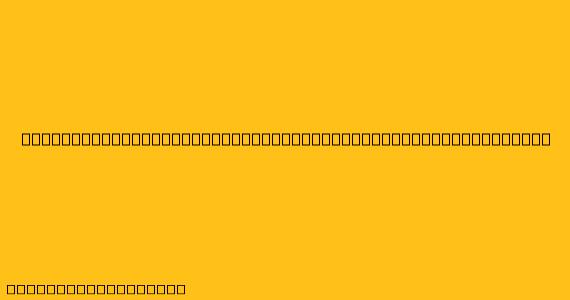Formal and Informal Letters in English
Letters are a form of written communication that are often used to convey information, request something, or express feelings. They can be formal or informal, depending on the purpose and the relationship between the sender and the receiver.
Formal Letters
Formal letters are written in a professional and respectful tone. They are typically used for official purposes, such as applying for a job, writing a complaint, or requesting information.
Characteristics of formal letters:
- Formal Greeting: "Dear Mr./Ms./Dr. [Last Name],"
- Formal Closing: "Sincerely," "Yours faithfully," "Respectfully,"
- Formal Tone: Use of formal language, avoiding slang and contractions.
- Clear and Concise Structure: Organized into paragraphs with clear topic sentences.
- Professional Formatting: Double-spaced, standard font (Times New Roman, Arial), 12pt font size.
Example of a Formal Letter:
[Your Name]
[Your Address]
[Your Phone Number]
[Your Email Address]
[Date]
[Recipient's Name]
[Recipient's Address]
Dear Mr./Ms. [Recipient's Last Name],
This letter is to formally request information regarding [topic of inquiry]. I am [briefly state your reason for requesting information]. I would appreciate it if you could provide me with the following details: [list of specific information you need].
I am available to receive this information via email at [your email address] or by phone at [your phone number].
Thank you for your time and consideration.
Sincerely,
[Your Name]
Informal Letters
Informal letters are written in a casual and friendly tone. They are typically used for personal purposes, such as writing to friends and family.
Characteristics of informal letters:
- Informal Greeting: "Hi [Name]," "Dear [Name],"
- Informal Closing: "Best," "Love," "Cheers,"
- Informal Tone: Use of colloquial language, slang, and contractions.
- Free-flowing Structure: Paragraphs may be less structured.
- Informal Formatting: Single-spaced, various fonts and font sizes.
Example of an Informal Letter:
[Your Name]
[Your Address]
[Your Phone Number]
[Your Email Address]
[Date]
[Recipient's Name]
[Recipient's Address]
Hey [Recipient's Name],
How are you doing? I hope you’re well.
I wanted to let you know that [share news or update]. I’m also planning to [share your plans].
I’d love to catch up sometime soon. Let me know if you’re free next week.
Best,
[Your Name]
Key Differences Between Formal and Informal Letters
| Feature | Formal Letter | Informal Letter |
|---|---|---|
| Greeting | Formal (e.g., Dear Mr./Ms. [Last Name]) | Informal (e.g., Hi [Name], Dear [Name]) |
| Closing | Formal (e.g., Sincerely, Yours faithfully) | Informal (e.g., Best, Love, Cheers) |
| Tone | Formal, professional | Casual, friendly |
| Language | Formal, avoiding slang and contractions | Informal, using colloquialisms and contractions |
| Structure | Clear and concise, organized into paragraphs | Free-flowing, less structured |
| Formatting | Double-spaced, standard font | Single-spaced, various fonts |
Remember to choose the appropriate tone and style for your audience and purpose.
